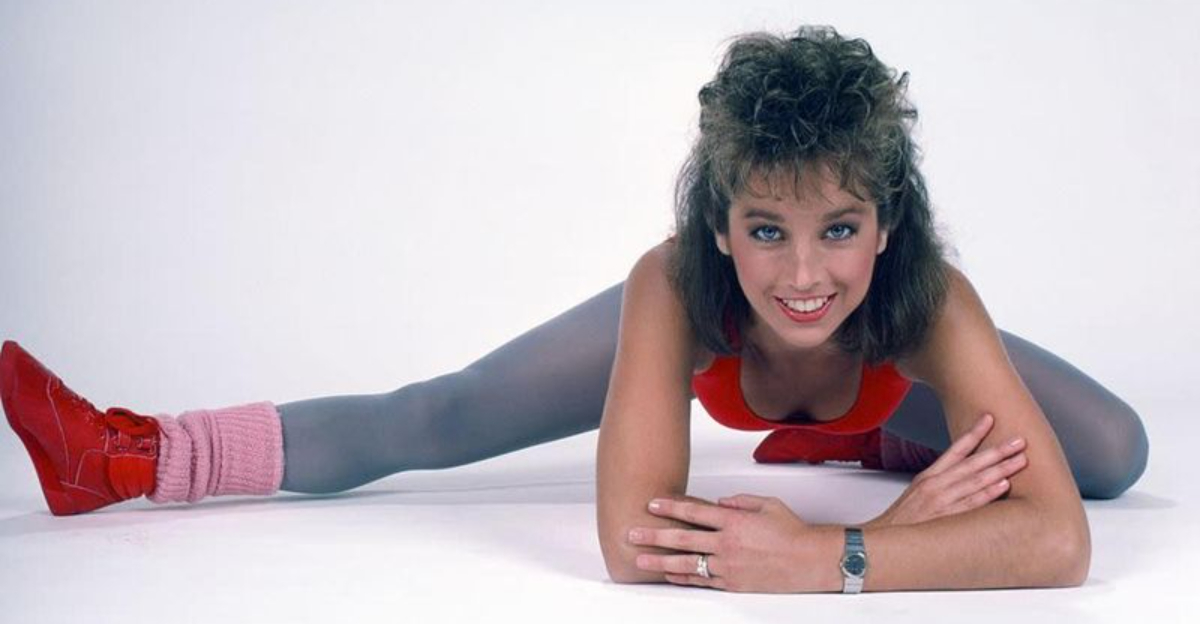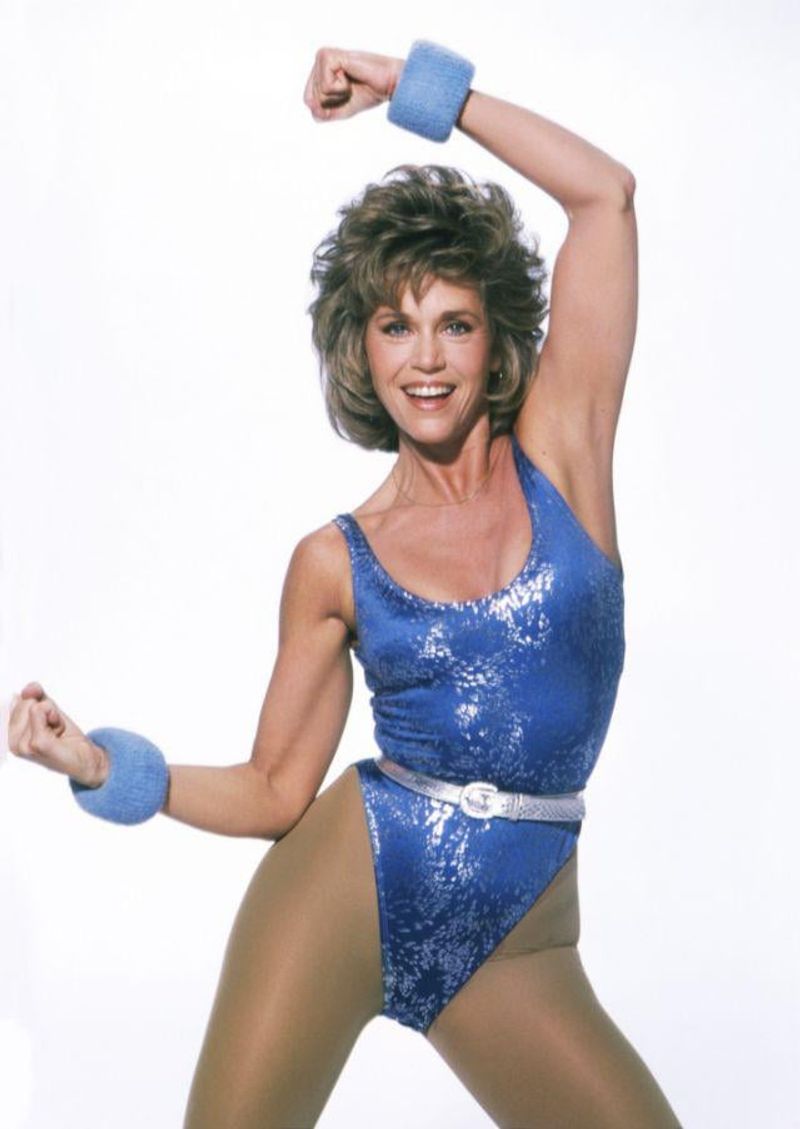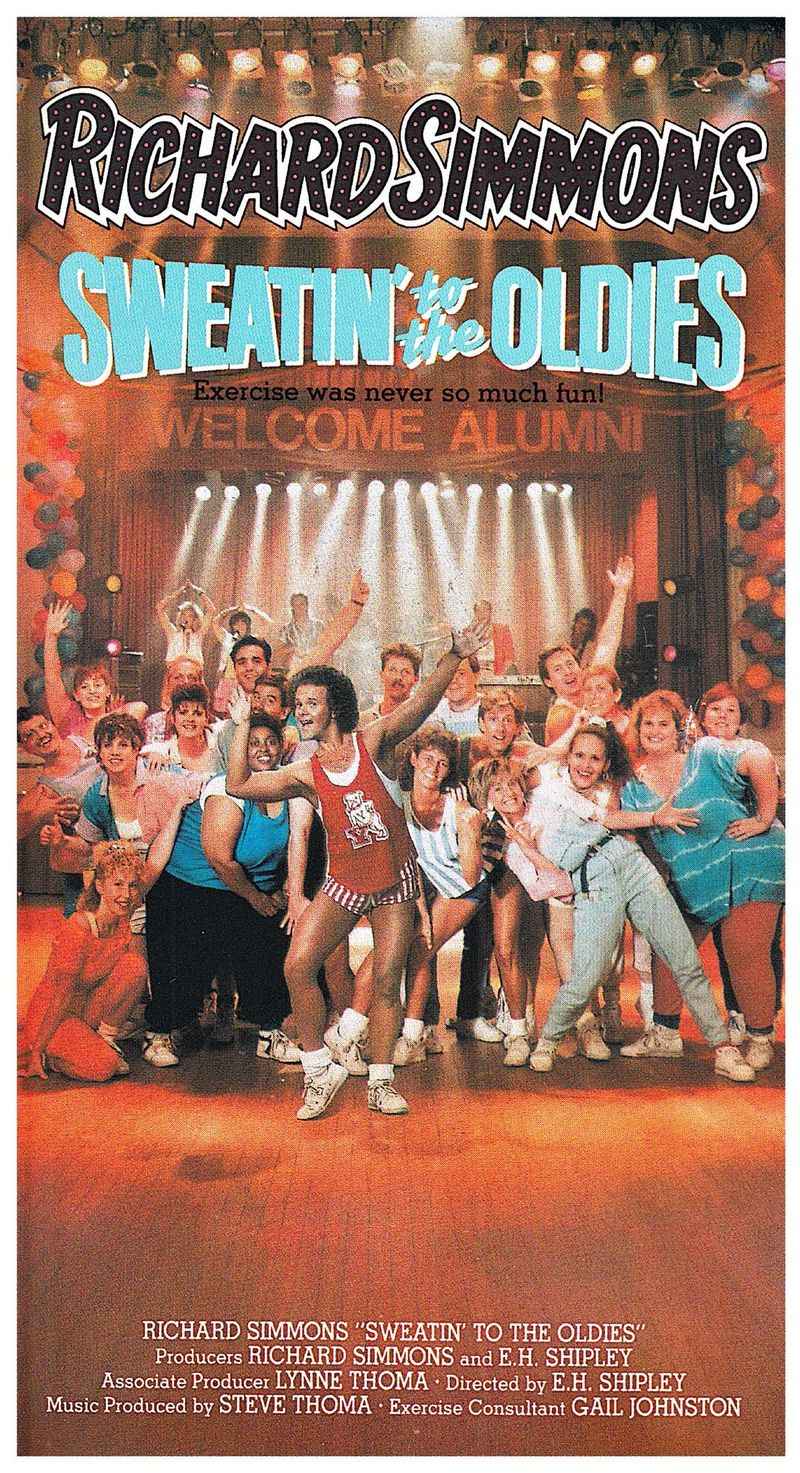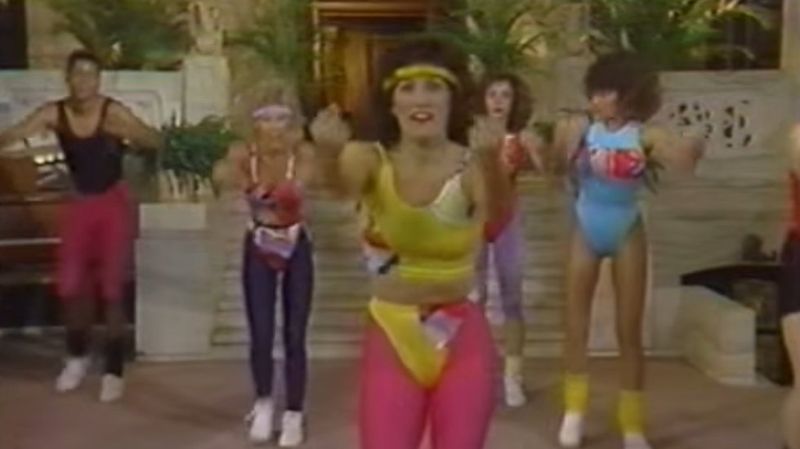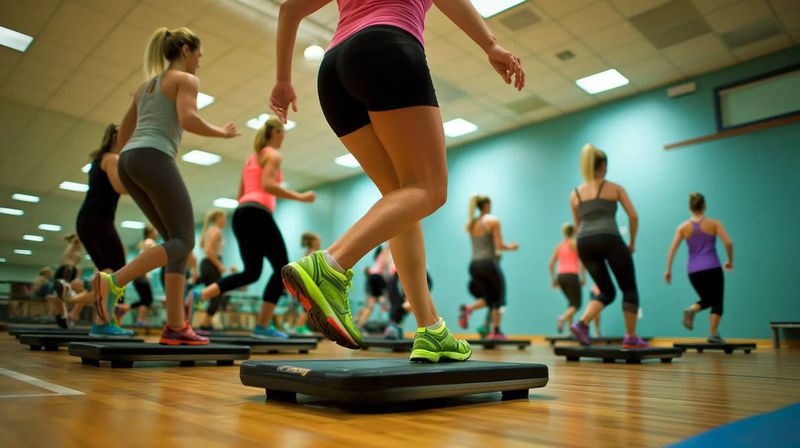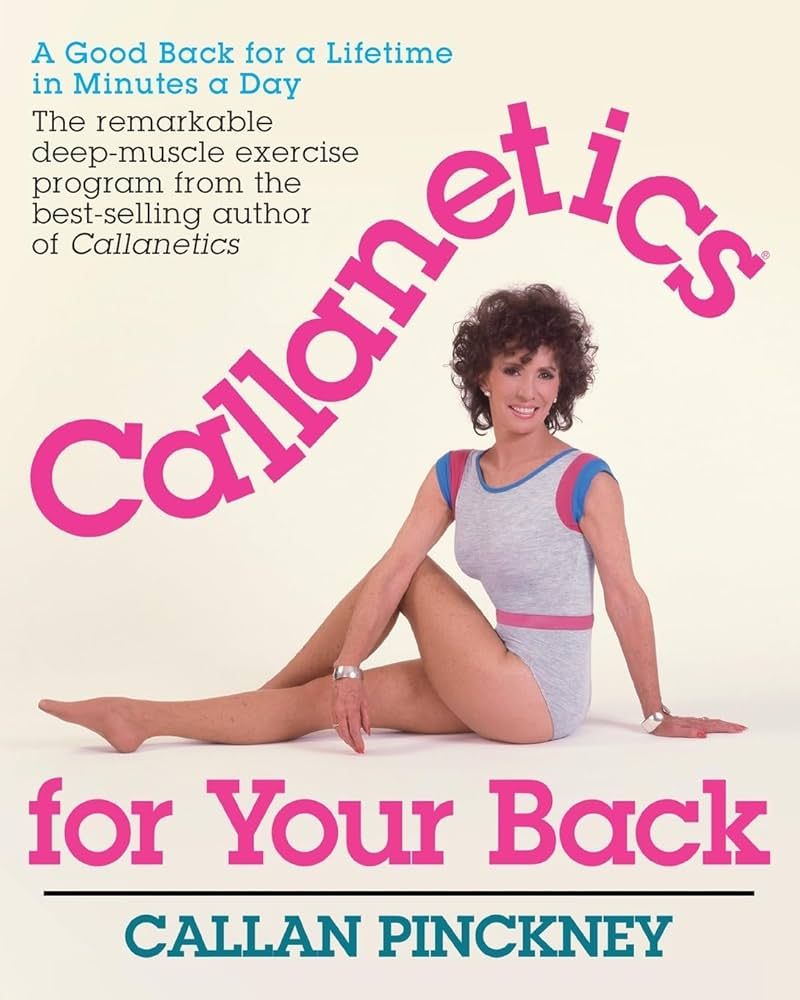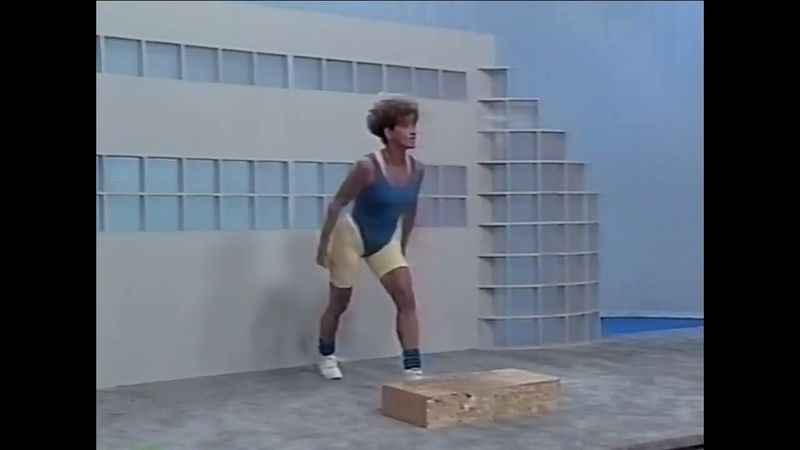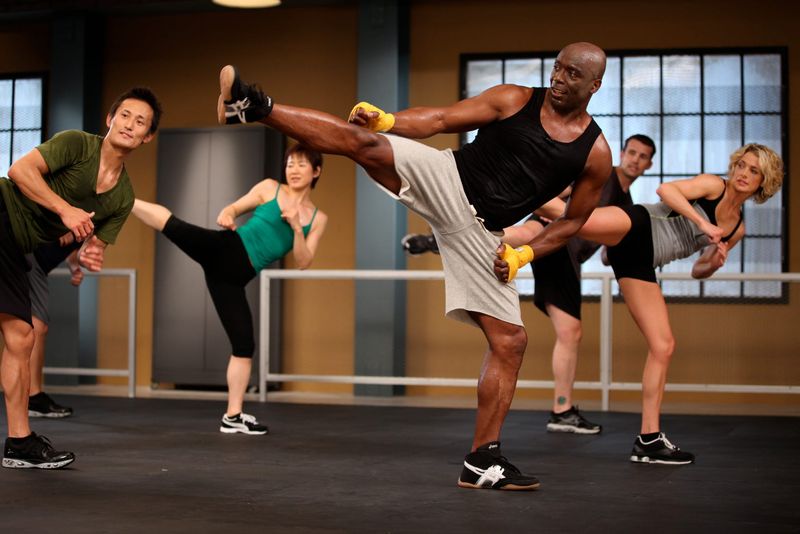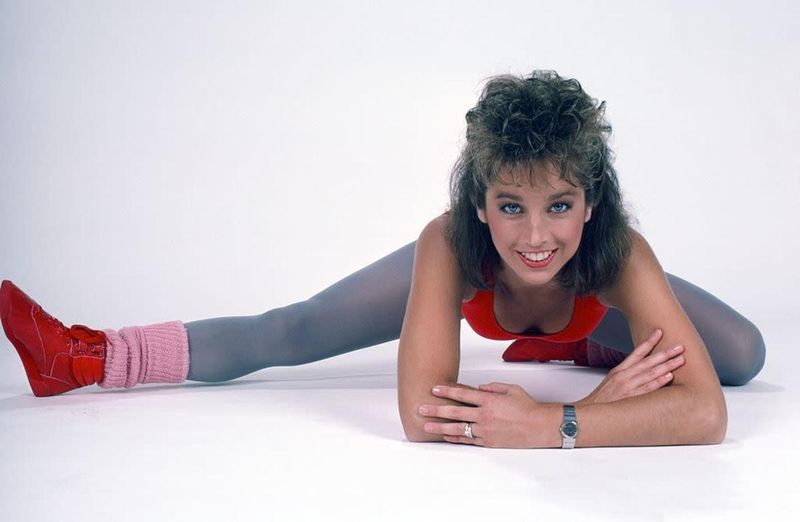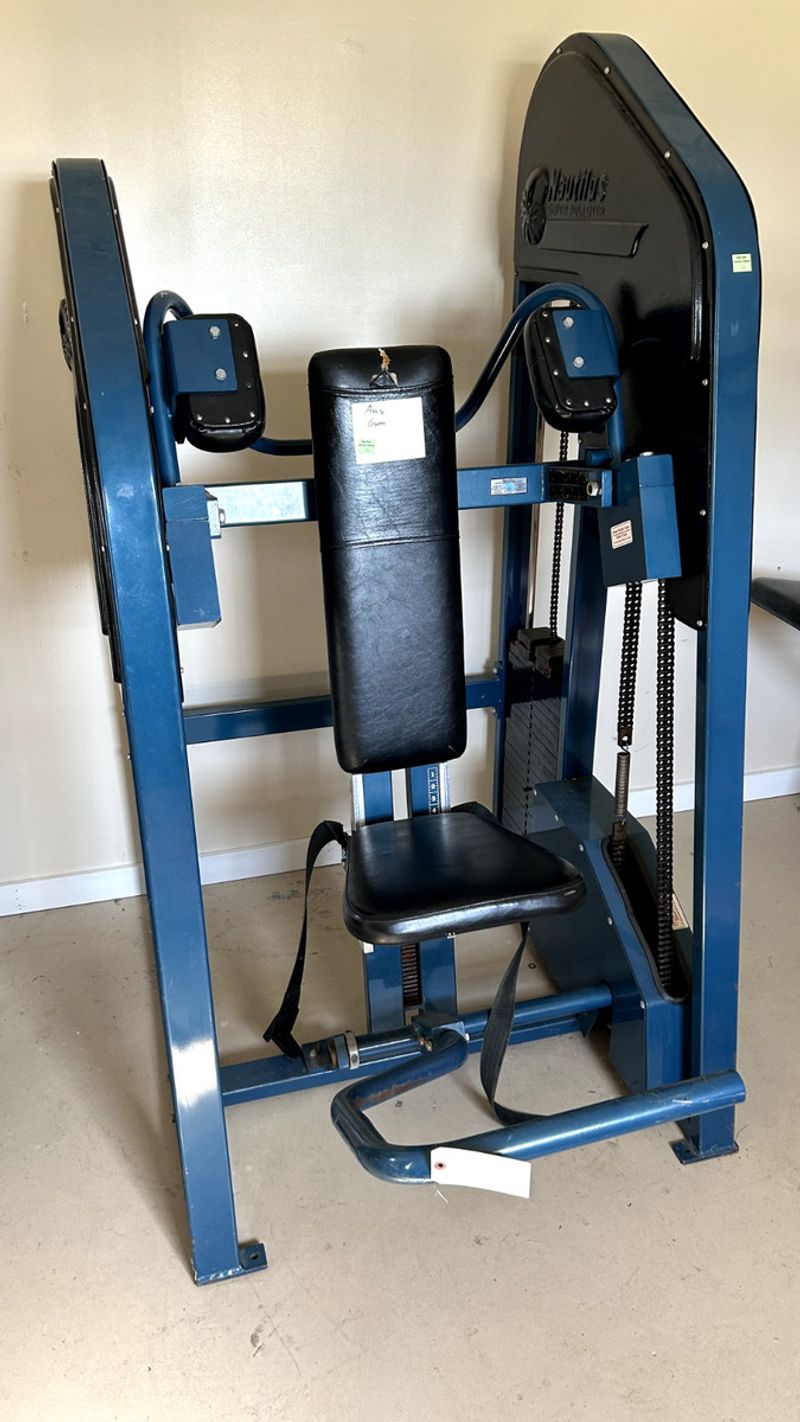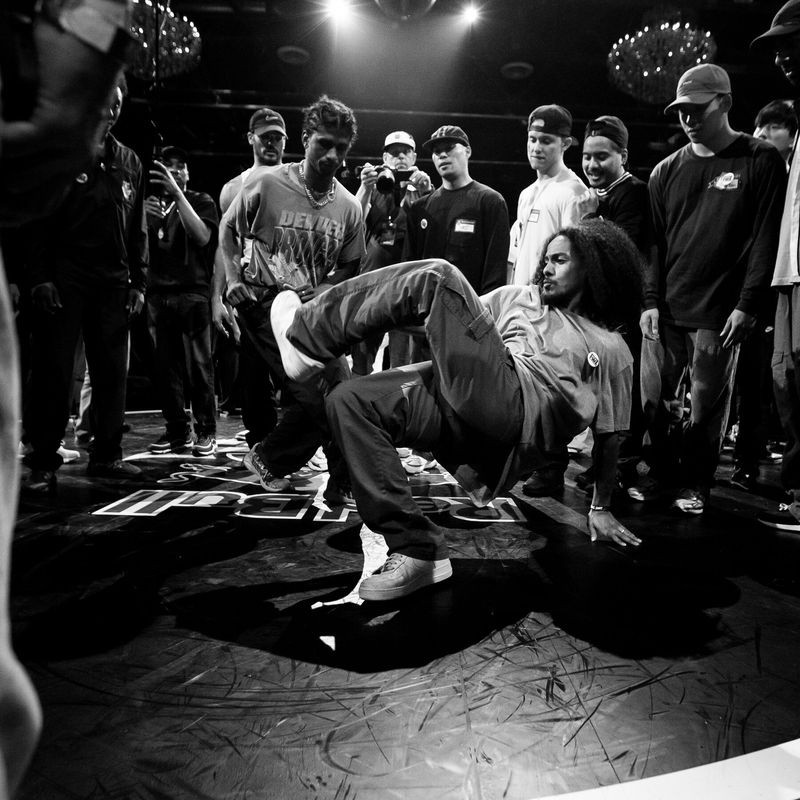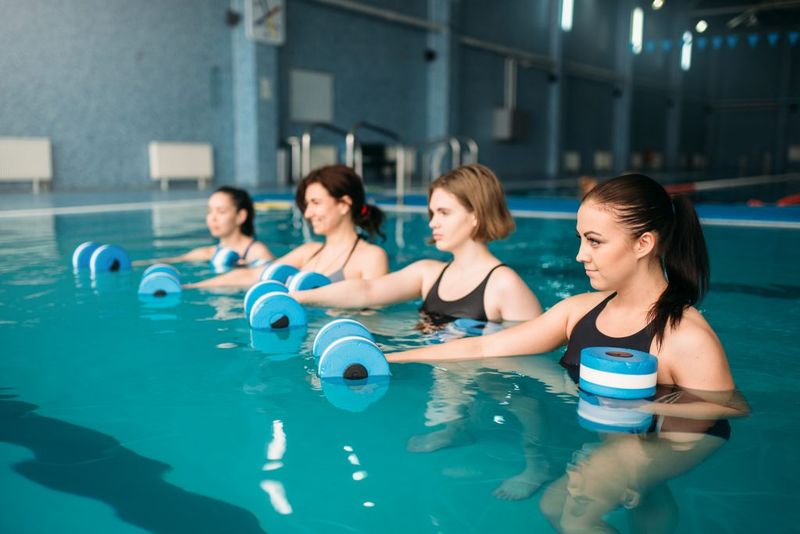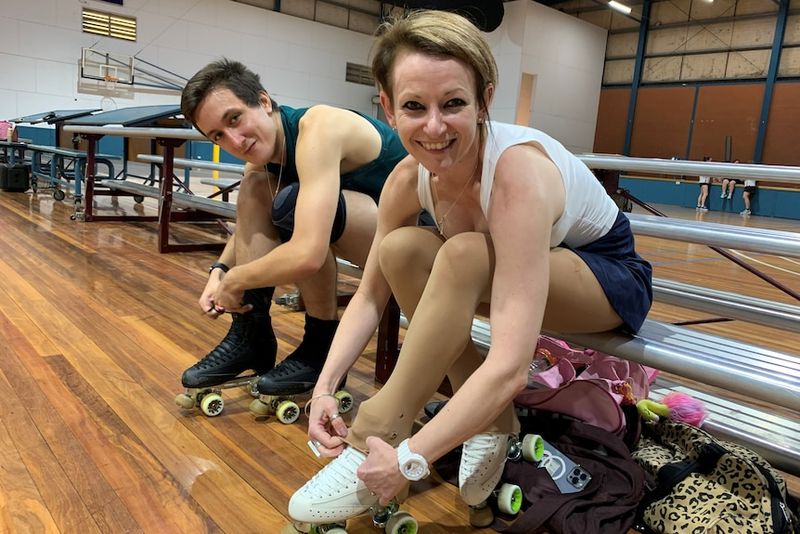The 1980s marked a fitness revolution that transformed living rooms into personal gyms. Spandex-clad instructors beamed through television screens while neon leotards and leg warmers became the uniform of choice. These iconic workouts didn’t just shape bodies—they shaped an entire decade of pop culture and continue to influence fitness trends today.
1. Jane Fonda’s Aerobic Revolution
The ultimate fitness queen transformed Hollywood glamour into sweat-drenched determination. Her bestselling VHS tapes democratized exercise, bringing high-energy workouts into millions of living rooms worldwide.
Women donned leotards and leg warmers to “feel the burn” alongside the Oscar-winning actress. Fonda’s encouraging mantras and perfectly choreographed routines created more than just a fitness program—they sparked a movement that empowered women to take control of their health.
2. Richard Simmons’ Sweatin’ to the Oldies
Infectious enthusiasm and bedazzled tank tops made Richard Simmons the approachable face of fitness. Unlike other programs that focused on perfection, Simmons celebrated every body type and ability level.
His signature series paired classic hits with accessible dance moves, creating a judgment-free zone where fun trumped form. Real people of all sizes filled his colorful sets, proving that fitness could be joyful rather than punishing.
3. Jazzercise’s Dance-Fitness Fusion
Jazzercise blended Broadway jazz moves with heart-pumping cardio long before dance fitness became mainstream. Founded by Judi Sheppard Missett, classes featured choreographed routines that made participants feel like backup dancers in a music video.
The franchise model spread rapidly, with instructors bringing signature moves to community centers nationwide. Women flocked to classes for both the physical benefits and the electric atmosphere of female camaraderie, creating a social phenomenon as much as a fitness trend.
4. Step Aerobics’ Rhythmic Innovation
A plastic platform revolutionized group fitness when Gin Miller introduced step aerobics after rehabilitating her own knee injury. The adjustable height made it accessible to beginners while challenging seasoned exercisers.
Participants stepped up, over, and around their platforms in synchronicity to pulsing beats. The workout combined cardiovascular benefits with lower-body sculpting, burning an impressive 400+ calories per session while strengthening quads and glutes without the joint impact of traditional aerobics.
5. Callanetics’ Micro-Movement Method
While aerobics classes jumped and bounced, Callanetics took the opposite approach. Created by Callan Pinckney, this method promised dramatic body reshaping through tiny, precise pulses that targeted deep muscle layers.
The program claimed one hour of Callanetics equaled 20 hours of traditional exercise. Hollywood celebrities quietly endorsed the method, impressed by its ability to create long, lean muscles without bulk. The barely-visible movements belied the intense burn participants felt during the challenging routines.
6. The Firm’s Total Body Sculpting
Before boutique fitness studios existed, The Firm pioneered the combination of aerobics with weighted strength training. Their revolutionary approach rejected the common belief that women shouldn’t lift weights.
Filmed in an elegant antebellum mansion with classical columns and hardwood floors, the setting felt more sophisticated than typical neon-filled studios. Instructors used dumbbells, ankle weights, and ballet moves to create the coveted “Firm look”—defined muscles with feminine lines that challenged the cardio-only approach dominating women’s fitness.
7. Buns of Steel’s Glute-Focused Challenge
Greg Smithey (aka “the Bun Master”) created the ultimate posterior-focused program that promised to transform soft behinds into chiseled masterpieces. The name alone became a cultural touchstone, referenced in everything from sitcoms to magazine headlines.
Participants endured relentless series of squats, lunges, and leg lifts that targeted every angle of the glutes. The no-frills production featured instructors in simple settings, letting the grueling exercises speak for themselves—and speak they did, through the soreness participants felt for days afterward.
8. Tae Bo’s Martial Arts Cardio
Billy Blanks fused taekwondo with boxing to create the high-energy phenomenon that bridged the ’80s and ’90s fitness worlds. His background as a martial arts champion lent authenticity to the powerful punches and kicks that formed the workout’s core.
Participants shadowboxed their way through intense routines, throwing jabs and roundhouse kicks while maintaining constant motion. The workout offered more than just physical benefits—many devotees reported increased confidence from mastering the martial arts moves and releasing stress through the powerful striking combinations.
9. Denise Austin’s Approachable Routines
The perpetually perky fitness instructor brought practical workouts into American homes with her syndicated television shows and bestselling videos. Unlike some fitness personalities who intimidated viewers with perfect physiques, Austin’s girl-next-door appeal made exercise seem doable.
Her programs often required minimal equipment and could be completed in 30 minutes or less. Austin’s signature encouragement—delivered with unwavering enthusiasm and a permanent smile—created a loyal following of women who appreciated her balanced approach to fitness that emphasized consistency over intensity.
10. Nautilus Machines’ Gym Revolution
Before Nautilus, weightlifting belonged to bodybuilders and athletes. These revolutionary machines changed everything with their cam-based resistance that maintained tension throughout each movement’s full range.
The distinctive blue-padded equipment with its pulleys and weight stacks became fixtures in health clubs nationwide. Users followed a circuit training approach, moving from machine to machine with minimal rest. The guided movements eliminated the intimidation factor of free weights, making strength training accessible to everyday exercisers for the first time.
11. ThighMaster’s Living Room Phenomenon
“Three, two, one, squeeze!” Suzanne Somers transformed a simple spring-loaded resistance device into a cultural icon through ubiquitous infomercials. The butterfly-shaped gadget promised to tone inner thighs while watching TV or talking on the phone.
The genius of ThighMaster lay in its simplicity—users placed it between their knees and squeezed. Despite skepticism from fitness professionals, Americans purchased millions of units. The product tapped into the desire for spot reduction and convenient exercise, proving that fitness marketing could be as important as methodology.
12. Breakdancing’s Urban Workout
Born in the streets of New York City, breakdancing transcended its origins as an art form to become an underground fitness phenomenon. B-boys and b-girls built incredible strength, flexibility, and coordination through power moves like windmills and headspins.
Movies like “Breakin'” and “Beat Street” showcased the athletic demands of the dance style. Suburban teens attempted to master basic toprock steps and freezes in recreation center classes. Though never marketed as exercise, breakdancing provided one of the era’s most challenging full-body workouts while celebrating creativity and individual expression.
13. Aqua Aerobics’ Water Resistance
Water workouts made a splash in community pools nationwide, offering joint-friendly alternatives to high-impact aerobics. Participants performed familiar movements like jumping jacks and cross-country skiing while chest-deep in water, using natural resistance instead of gravity.
The aquatic environment provided both challenge and support. Instructors led classes from pool decks, demonstrating moves while participants benefited from water’s cooling properties. The social atmosphere attracted seniors and pregnant women alongside athletes recovering from injuries, creating diverse communities united by chlorine-scented camaraderie.
14. Roller Skating Fitness Craze
Roller rinks transformed from teenage hangouts to adult fitness venues as skating’s cardiovascular benefits gained recognition. Participants glided through choreographed routines to disco beats, burning calories while developing lower-body strength and core stability.
Outdoor skating in parks and on beachfront paths became equally popular. The activity’s playful nature masked its workout intensity—skaters could maintain moderate exertion for hours while developing balance and coordination. Specialized classes emerged with movements designed to target specific muscle groups, complete with weighted wrist bands for added resistance.
